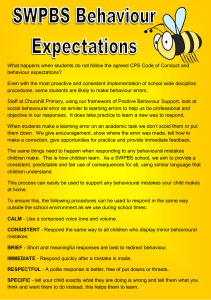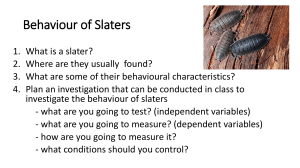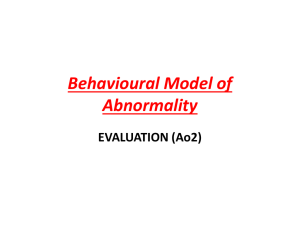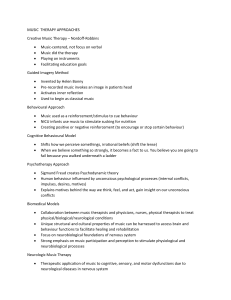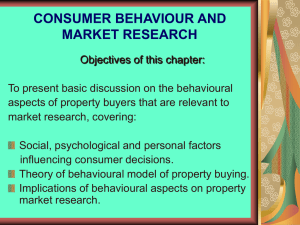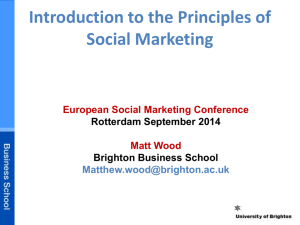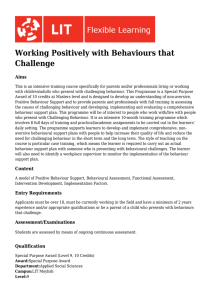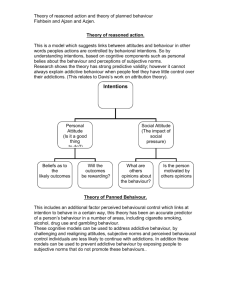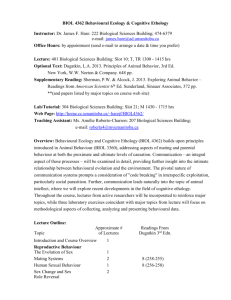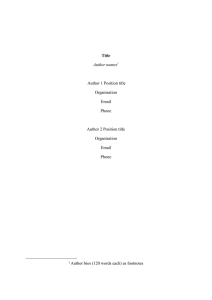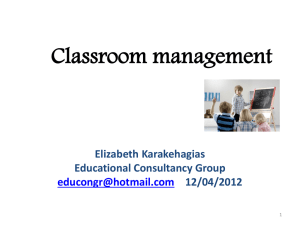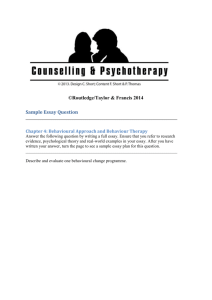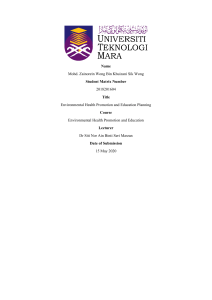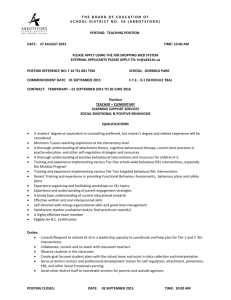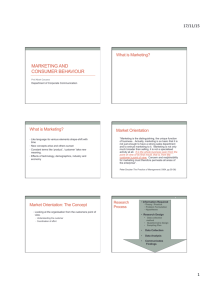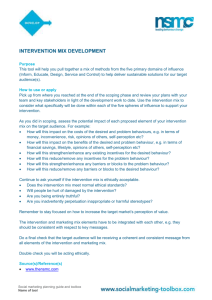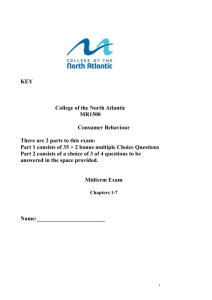Behavioural Economics Checklist. November 2012
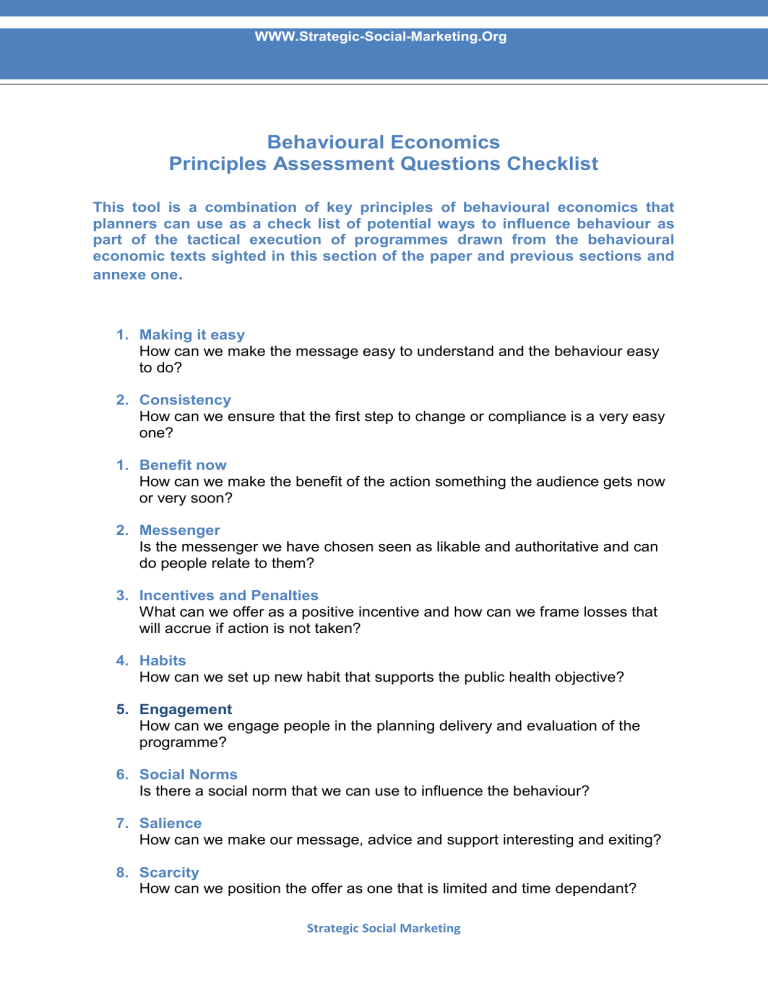
WWW.Strategic-Social-Marketing.Org
Behavioural Economics
Principles Assessment Questions Checklist
This tool is a combination of key principles of behavioural economics that planners can use as a check list of potential ways to influence behaviour as part of the tactical execution of programmes drawn from the behavioural economic texts sighted in this section of the paper and previous sections and annexe one .
1. Making it easy
How can we make the message easy to understand and the behaviour easy to do?
2. Consistency
How can we ensure that the first step to change or compliance is a very easy one?
1. Benefit now
How can we make the benefit of the action something the audience gets now or very soon?
2. Messenger
Is the messenger we have chosen seen as likable and authoritative and can do people relate to them?
3. Incentives and Penalties
What can we offer as a positive incentive and how can we frame losses that will accrue if action is not taken?
4. Habits
How can we set up new habit that supports the public health objective?
5. Engagement
How can we engage people in the planning delivery and evaluation of the programme?
6. Social Norms
Is there a social norm that we can use to influence the behaviour?
7. Salience
How can we make our message, advice and support interesting and exiting?
8. Scarcity
How can we position the offer as one that is limited and time dependant?
Strategic Social Marketing
9. Reciprocity
What exchange can we offer that will set up an obligation to act?
10. Framing
How can we frame the message or ask so that it is appealing and reduces loss?
11. Priming
How can we influence the subconscious by using cues such as design, images, sound, colours smells etc.
12. Emotion
What emotional appeal will work best with our target audience?
13. Commitment
How can we get the audience to make a public commitment to the behaviour we are targeting?
14. Consistency
How can we get people to view the action as being consistent with their current views beliefs and / or actions?
15. Simple
How can we get rid of difficult calculations and the need for complex risk assessment?
16. People’s self-expectations influence how they behave
How can we help people with develop the skills they need to act?
19. Risk perception
How can we frame the risk so that it is perceived to be relevant, likely and serious enough to warrant action?
20. Ego
What can we do to frame the ask so that it makes the audience feel better about themselves?
Strategic Social Marketing
Strategic Social Marketing
